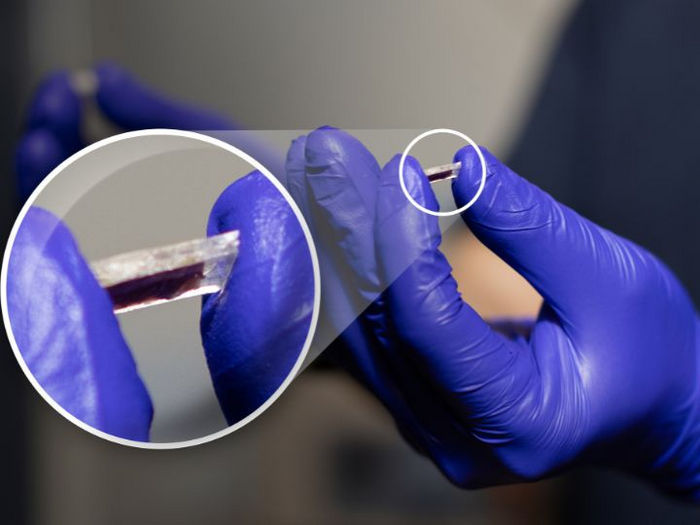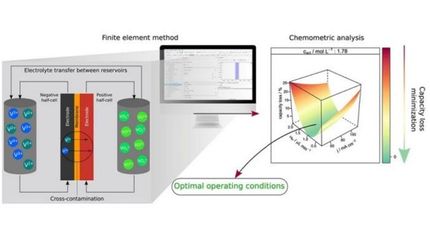Improved computer simulations enable better calculation of interfacial tension
Researchers from Mainz University identify novel mechanisms of logarithmic finite-size corrections relevant to the determination of interfacial tension
Advertisement
computer simulations play an increasingly important role in the description and development of new materials. Yet, despite major advances in computer technology, the simulations in statistical physics are typically restricted to systems of up to a few 100,000 particles, which is many times smaller than the actual material quantities used in typical experiments. Researchers therefore use so-called finite-size corrections in order to adjust the results obtained for comparatively small simulation systems to the macroscopic scale. A team of researchers from Johannes Gutenberg University Mainz (JGU) has now succeeded in better understanding how this technique works when it is used to assess interfacial tension, thus enabling more accurate predictions.
The interfacial tension is an important physical quantity of many phenomena, such as the nucleation of water droplets in the atmosphere, the crystallization of proteins from solutions, and the growth and stability of nanocrystals. It occurs at the interface between different phases of a material, i.e., on the transition between solid, liquid, and gaseous phases. However, the interfacial tension is difficult to measure experimentally, and reliable analytical theories about it are also lacking. Thus it is of particular importance to develop computer simulation techniques for this phenomenon.
Using an innovative simulation method, Fabian Schmitz, Dr. Peter Virnau, and Professor Kurt Binder of the Condensed Matter Theory group at JGU's Institute of Physics have now succeeded in gaining a better understanding of the nature of finite-size corrections in the determination of interfacial tension. This work, achieved only after several million CPU hours on the Mainz supercomputer MOGON, will in the future help researchers to analyze interfacial tension with the highest precision by means of simulations. The results were published in Physical Review Letters.
Original publication
Other news from the department science

Get the chemical industry in your inbox
By submitting this form you agree that LUMITOS AG will send you the newsletter(s) selected above by email. Your data will not be passed on to third parties. Your data will be stored and processed in accordance with our data protection regulations. LUMITOS may contact you by email for the purpose of advertising or market and opinion surveys. You can revoke your consent at any time without giving reasons to LUMITOS AG, Ernst-Augustin-Str. 2, 12489 Berlin, Germany or by e-mail at revoke@lumitos.com with effect for the future. In addition, each email contains a link to unsubscribe from the corresponding newsletter.
Most read news
More news from our other portals
Last viewed contents
Platinum
Le_Chatelier's_principle

Researchers develop sensors that operate at high temperatures and in extreme environments - Sensitive, reliable and durable sensors created for multiple industries
The art of molecular carpet-weaving - 2-D networks from boron acids

































































